€3.48
/ per pack
Choose seeds per pack:
Botanical nomenclature: Passiflora suberosa
Common name: Corky-stemmed Passion Flower, Passionflower Maracuja
Kingdom: Plantae
Clade: Tracheophytes
Clade: Angiosperms
Clade: Eudicots
Clade: Rosids
Order: Malpighiales
Family: Passifloraceae
Genus: Passiflora
Species: P. suberosa
Passiflora suberosa is a species of passionflower that is native to the Americas. It is commonly known as corkystem passionflower due to the corkiness of older stems. Other common names include corky passion vine, cork-bark passion flower, corkstem passionflower and corky passionfruit. In Latin America it is called Meloncillo. It is possibly also cryptic and have multiple species in one.
It is a creeping or climbing perennial liana up to 6 meters long. It has suberous stems in its lower part, glabrous to puberulent.
The leaves are simple, alternate, entire to three-lobed, with both sides glabrous, shiny green. They are 4 to 12 centimeters long when elliptical and up to 5 cm long and 7 cm wide when deeply lobed, sharp lobes, base rounded to truncated, glabrous to puberulent; petioles 0.5–4 cm long, with a pair of conspicuous and stipitate glands in upper half; linear stipules.
The plant is known for the fact that the leaves on one and the same plant vary greatly in shape and size. Another well-known phenomenon is that the lower part of the trunk becomes corky with aging.
The melliferous flowers are solitary or in pairs, and grow in the leaf axils. Greenish or yellowish in color, they have 5 lanceolate sepals, but no petals. Flowering takes place from late summer to late winter.
The inedible fruit is not hardy and transitions from green to indigo, purple and, lastly, black as it ripens. The glabrous fruits contain a multitude of tiny seeds in a dark blue pulp, which are dispersed by birds.
Its range stretches from Florida and the Lower Rio Grande Valley of Texas in the United States south through Mexico, Central America, and the Caribbean to South America. In 1909, it was introduced in Polynesia and Australia.
It is extremely prolific (up to 1000 seeds per square meter), smothering any vegetation it grows on, including trees. In New Caledonia, it is prohibited to introduce the species into the wild.
| Weight | N/A |
|---|
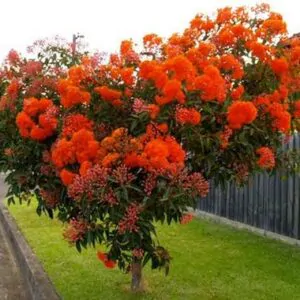

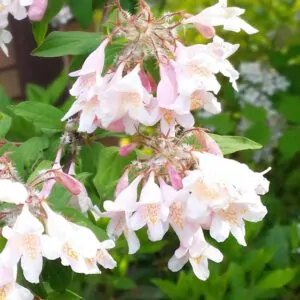
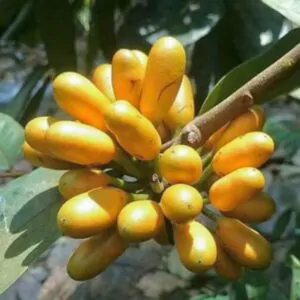
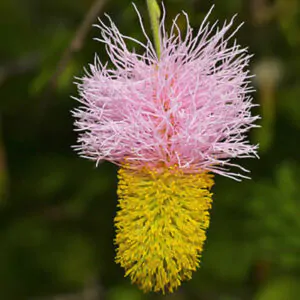
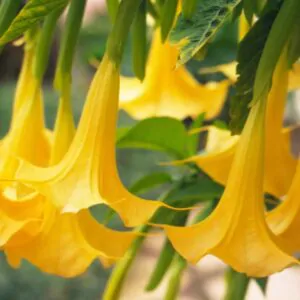
| Cookie | Duration | Description |
|---|---|---|
| cookielawinfo-checkbox-analytics | 11 months | This cookie is set by GDPR Cookie Consent plugin. The cookie is used to store the user consent for the cookies in the category "Analytics". |
| cookielawinfo-checkbox-functional | 11 months | The cookie is set by GDPR cookie consent to record the user consent for the cookies in the category "Functional". |
| cookielawinfo-checkbox-necessary | 11 months | This cookie is set by GDPR Cookie Consent plugin. The cookies is used to store the user consent for the cookies in the category "Necessary". |
| cookielawinfo-checkbox-others | 11 months | This cookie is set by GDPR Cookie Consent plugin. The cookie is used to store the user consent for the cookies in the category "Other. |
| cookielawinfo-checkbox-performance | 11 months | This cookie is set by GDPR Cookie Consent plugin. The cookie is used to store the user consent for the cookies in the category "Performance". |
| viewed_cookie_policy | 11 months | The cookie is set by the GDPR Cookie Consent plugin and is used to store whether or not user has consented to the use of cookies. It does not store any personal data. |